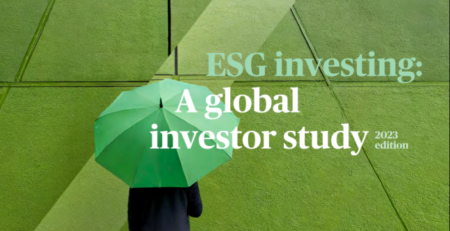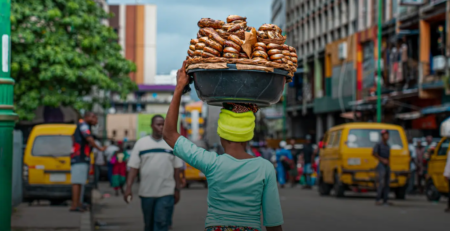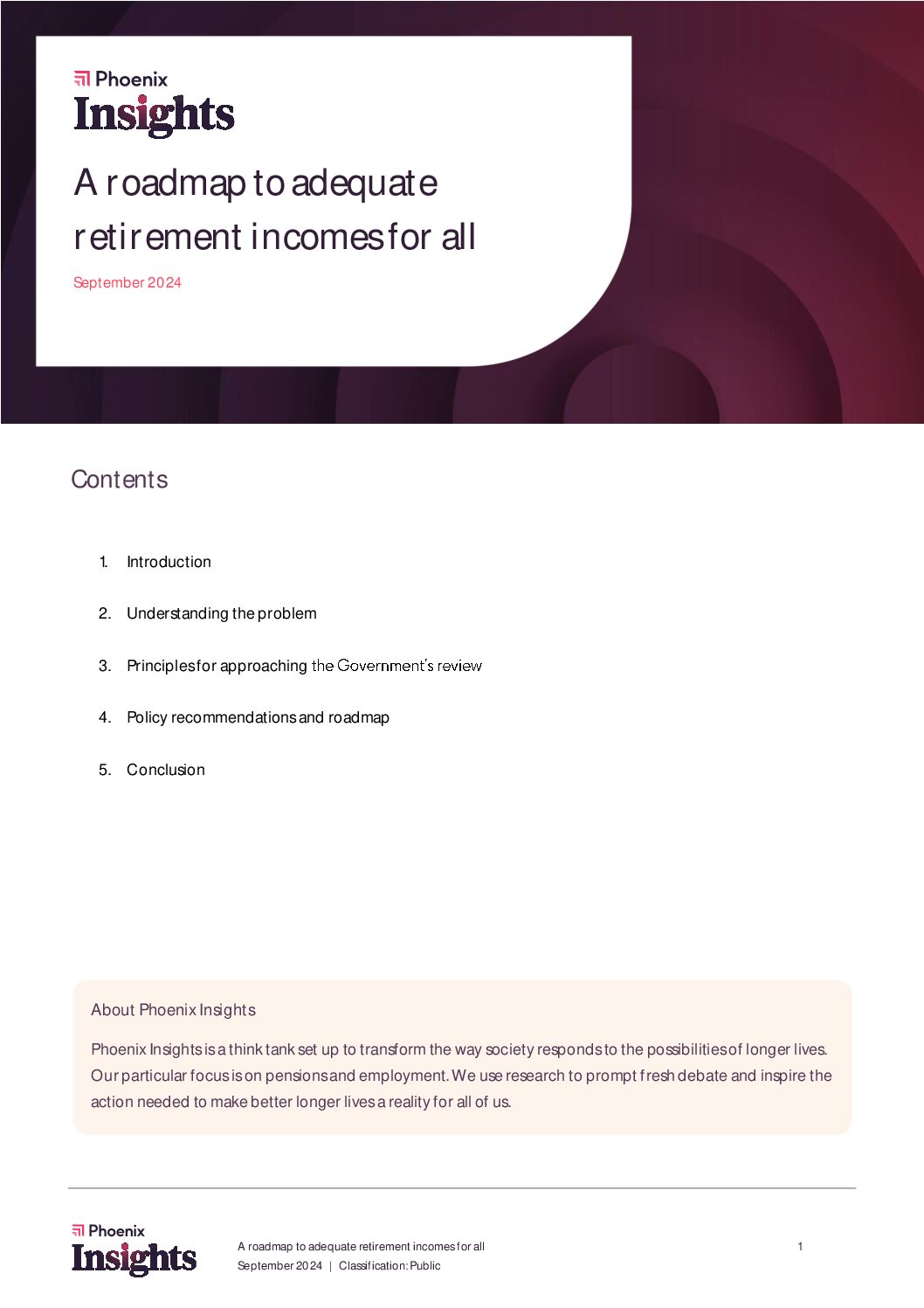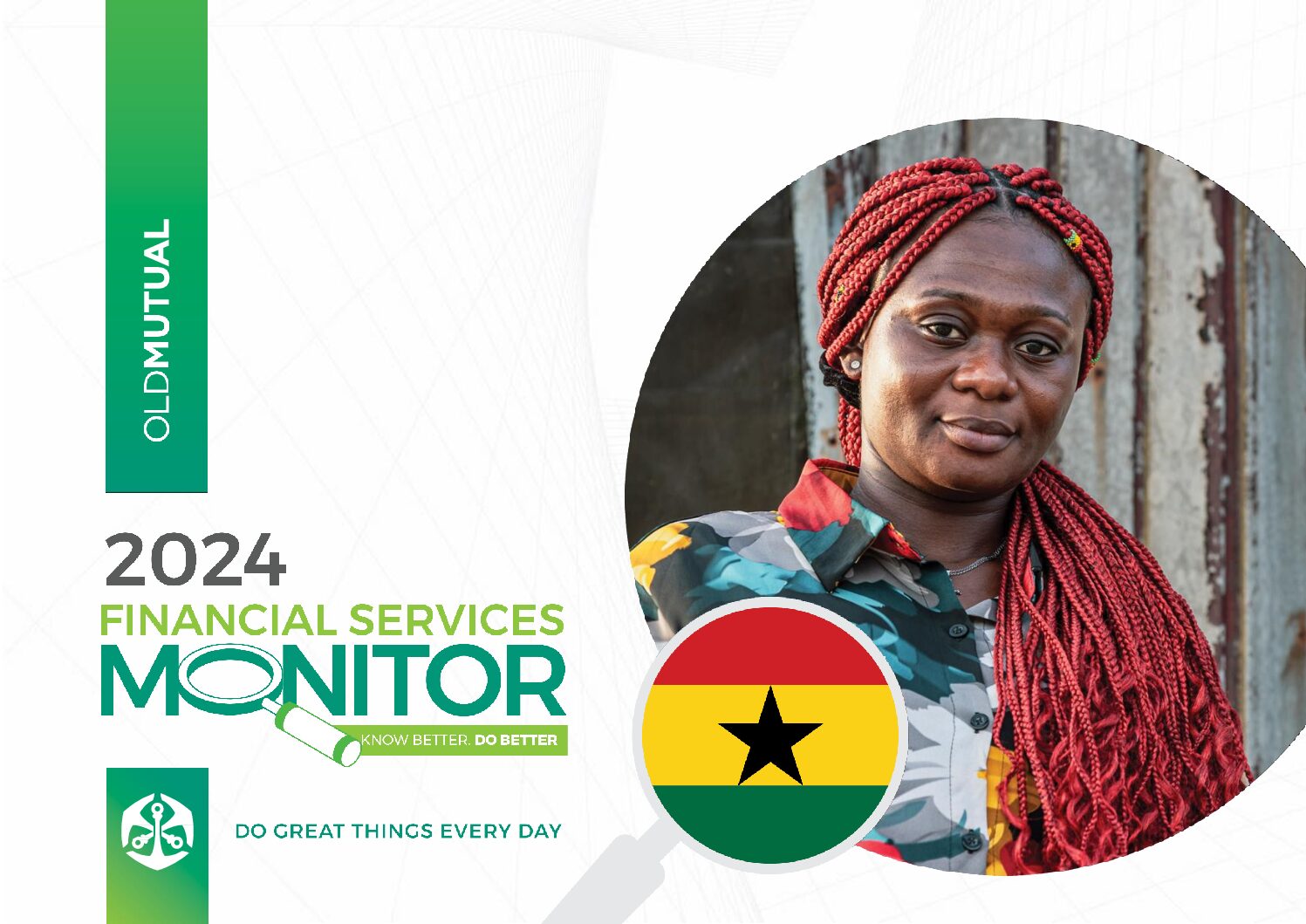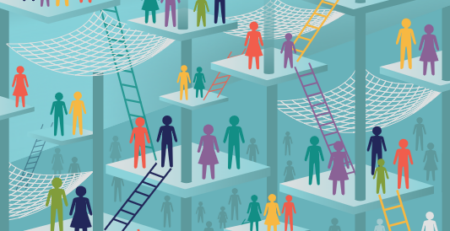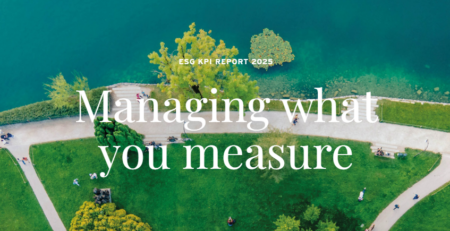Financial Access Challenges for Older Adults
By Joe Valenti
In 2017, an estimated 8.4 million households in the United States, representing about 14 million adults, had no checking or savings account at a bank or credit union.1 This figure includes roughly 3.5 million households headed by someone age 50 or older.2 When combining this population—often called the unbanked—with households that have accounts but still use some alternative services such as check cashers or payday lenders, these numbers rise to nearly 33 million households,3 a figure that includes 14.7 million households 50 and older. These major gaps in financial access demonstrate disparities that have become particularly troublesome during the COVID-19 pandemic. Those without bank accounts face added costs, risks, and obstacles in an environment where electronic payments take precedence over cash. Meanwhile, alternative sources of credit run the risk of trapping vulnerable borrowers deeper in debt. On some financial access metrics, older adults fare relatively well: for example, the 50+ are more likely to own bank accounts and less likely to use high-cost credit. But such statistics mask significant disparities within the 50+ population by income, race and ethnicity, and geography. And while older adults increasingly rely on smartphones and other technology to manage their accounts, they also continue to use bank branches at higher rates—meaning that today’s trend of branch closures creates new challenges and opportunities alike. This fact sheet examines findings from the Federal Deposit Insurance Corporation’s (FDIC’s) 2017 Survey of Unbanked and Underbanked Households4 regarding account ownership, account access methods, and credit usage for older adults. The survey, conducted biannually,5 collects data about households’ use of financial services and other related behaviors, with a particular focus on the unbanked and underbanked—that is, those households without bank accounts, or that have bank accounts yet still rely on products offered by nonbanks outside the financial mainstream.
Get the book here

